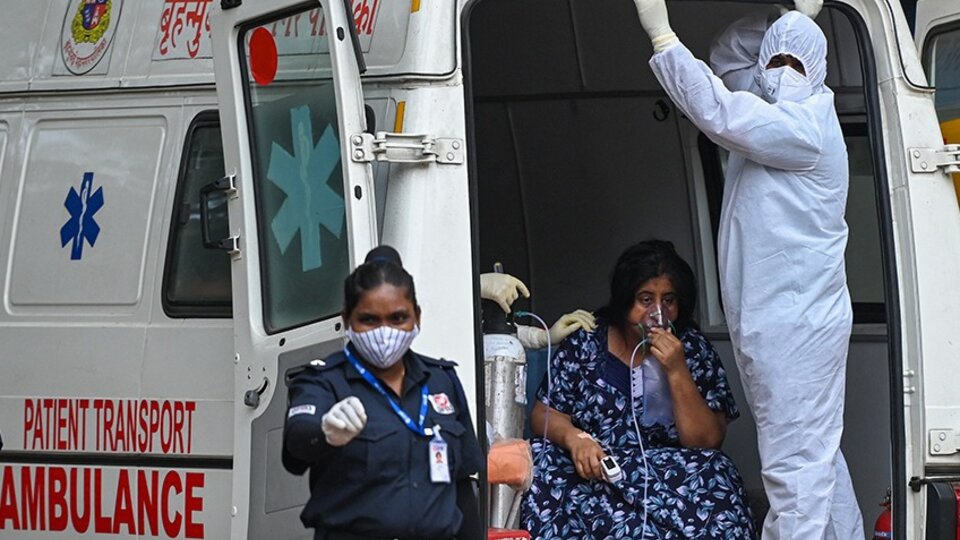
[ad_1]
While there are still 40,000 new daily cases of covid-19, India is starting to worry about another virus with epidemic potential: Nipah (NIV). The authorities of the Asian giant have confirmed 11 new cases of this disease, also of zoonotic origin, in addition to the 17 others already detected, among them, in a teenager who died last Monday.
The virus has no treatment or vaccines yet, although the North American laboratory Moderna has announced that it is preparing a possible application with the new messenger RNA technology, which is used for vaccination against the coronavirus.
The 11 cases were recorded in southwest India, in the state of Kerala. Indian Provincial Health Minister Veena George stressed that despite the high death rate from the virus, all patients are in stable condition. According to available studies, the virus’s death rate is around 70%.
“The 11 new cases are part of a group of 28 people isolated at Kozhikode Medical College and Hospital,” George said, according to the Ansa agency. The study group – the incubation period for the disease can be up to 45 days – are 251 people who have come into contact with the teenager who died last Monday.
The national health ministry ordered an increase in epidemiological surveillance and statewide monitoring, while in Kozhikode district, where the boy lived, there is already a health alert.
What is the Nipah?
The Nipah virus is of zoonotic origin and currently there is no cure or vaccine, which is why the World Health Organization considers it to be one of the most dangerous in the world. It was first identified by scientists in Malaysia in the late 1990s on a pig farm.
The virus, which can jump species, is transmitted by the saliva of fruit bats. It is a highly contagious virus, causing fatal brain inflammation or respiratory disease in humans. In India, episodes of Nipah were recorded in West Bengal, in 2001 and 2007, and more recently, still in Kerala, in 2018 and 2019.
.
[ad_2]
Source link
 Naaju Breaking News, Live Updates, Latest Headlines, Viral News, Top Stories, Trending Topics, Videos
Naaju Breaking News, Live Updates, Latest Headlines, Viral News, Top Stories, Trending Topics, Videos